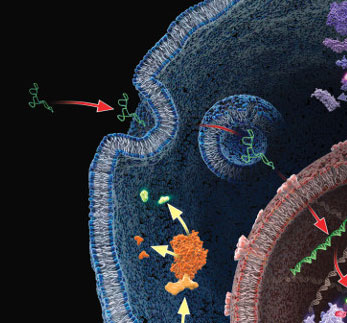COVID-19 vaccine distribution efforts are underway in several countries. Recently, the Serum Institute of India celebrated the nationwide rollout of its Covishield vaccine, kicking off the country’s largest ever vaccination program. Meanwhile, many other vaccines against the coronavirus that causes COVID-19 are in either preclinical studies or clinical trials. At present, 19 vaccine candidates are in Phase 3 clinical trials, while 8 vaccines have been granted emergency use authorization (EUA) in at least one country.

In the US, mRNA vaccines from Pfizer/BioNTech and Moderna are in distribution. Adenoviral vector vaccines authorized for distribution include Oxford/AstraZeneca AZD1222 in the UK (Covishield in India) and Gamaleya Sputnik V in Russia. A third type of vaccine consists of inactivated coronavirus particles, such as those developed by Sinopharm and Sinovac in China.
Continue reading “Intranasal COVID-19 Vaccines: What the Nose Knows” This review is a guest blog by Amy Landreman, Product Specialist in Cellular Analysis at Promega Corporation.
This review is a guest blog by Amy Landreman, Product Specialist in Cellular Analysis at Promega Corporation.